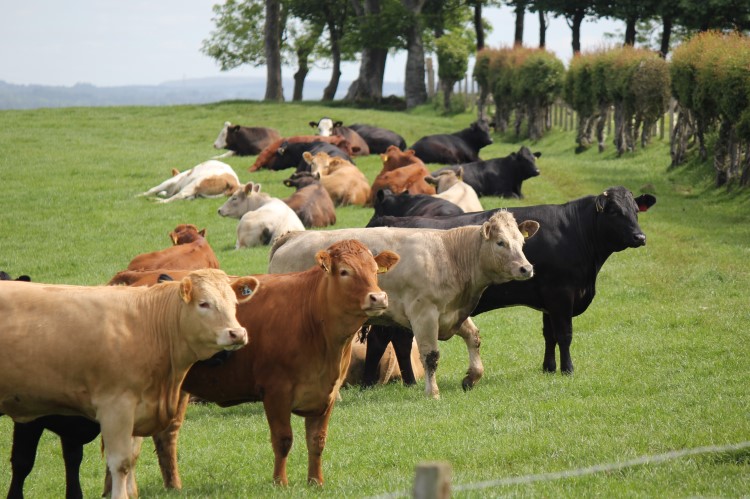Is Mineral Supplementation Necessary For Cattle At Grass?
4 May 2020The need to supplement growing cattle at grass with minerals is often questioned.
Many farmers do, many do not, and some may bolus to provide certain trace elements. Unless there is a known deficiency on the farm or clinical signs then it is very difficult to know whether a specific mineral deficiency is impacting on growth performance in cattle or fertility in replacement heifers.
Major minerals and essential trace elements are vitally important, allowing various functions and metabolic processes to take place in the body, supporting good growth, fertility, health and immunity. Many of the essential trace elements are involved in energy metabolism and therefore feed conversion efficiency. If levels are deficient in grass compared to animal requirements, then cattle may not grow to their potential. Often the signs of a trace element deficiency are non-specific, resulting in poor growth and cattle just not “doing” (ill-thrift). Also consider your replacement heifers at grass. Some trace elements have a key role in ovulation, conception and embryo survival. Another benefit of supplementation is that garlic can be added to help repel flies, reducing the risk of summer mastitis in heifers coming up to calving.
Mineral content in grass can vary depending on the soil type, grass species, pH, drainage and manure application, with clay soils typically having higher levels of minerals than sandy soils. Although the supply of major minerals from grass does not tend to be hugely deficient for growing cattle, the trace elements which often require supplementation are copper, cobalt, selenium and iodine. Grass often contains good levels of calcium and sufficient phosphorus for growth, and magnesium supplementation is really only necessary for lactating suckler cows. Sodium content can vary greatly and requirements from grass are often met but providing salt can benefit overall health and help drive water and therefore feed intake.
Without analysing grass for its mineral content, it is impossible to know whether additional supplementation is required, unless there are obvious signs of deficiency. Grazing fields should be tested for minerals every three to four years and your nutritionist can help with interpretation of the results to ensure you are providing sufficient, but not excessive supplementation.
Methods of Supplementation
There are various methods of supplementation and the risk with free access products is that not all cattle will take the recommended amount. Excesses can occur, especially with molassed licks and supplements with a high sodium content. Calculate the average intake by recording how long a bucket or certain amount of powdered minerals lasts for the number of animals and work out g/head/day to see whether it is close to recommendations.
Powdered minerals are more cost-effective than buckets but can incur more waste and so are best provided on a daily basis. Free access versions with a weatherproofing agent can help rainwater run-off and reduce waste, but there is only a certain amount of water they can withstand.
Although mineral supplementation is important to ensure good health, immunity, growth and fertility, energy will potentially be the most limiting nutrient at grass to support good growth rates, especially on wet days when dry matter intake is lower. It is worth weighing cattle at turnout and then again at housing, to see whether they have achieved their target weight gain over the grazing period. Trials have shown that cattle supplemented with minerals at grass have improved growth rates in the region of 10 to 20% over unsupplemented cattle.
Lorna MacPherson, lorna.macpherson@sac.co.uk
Sign up to the FAS newsletter
Receive updates on news, events and publications from Scotland’s Farm Advisory Service

